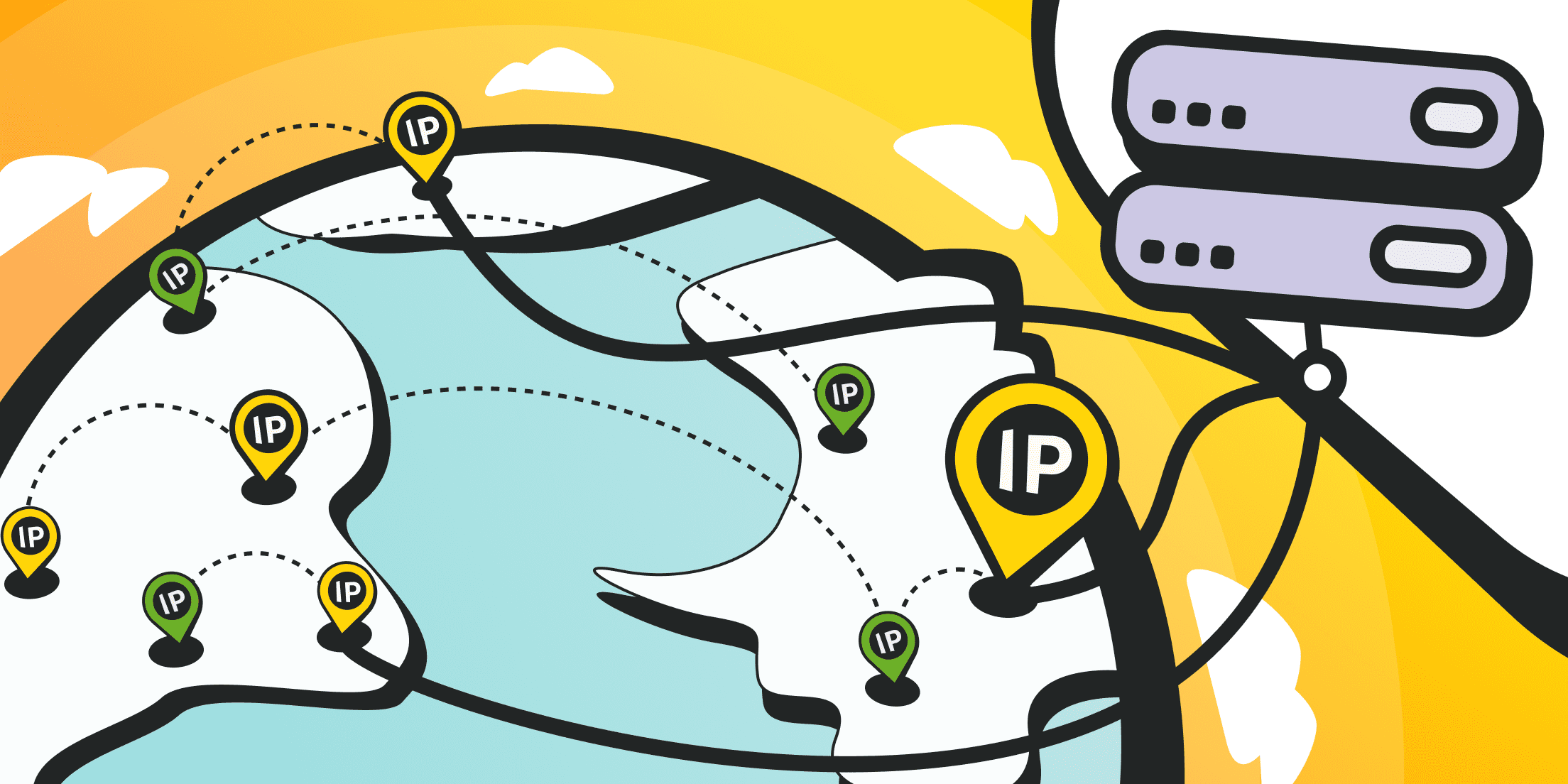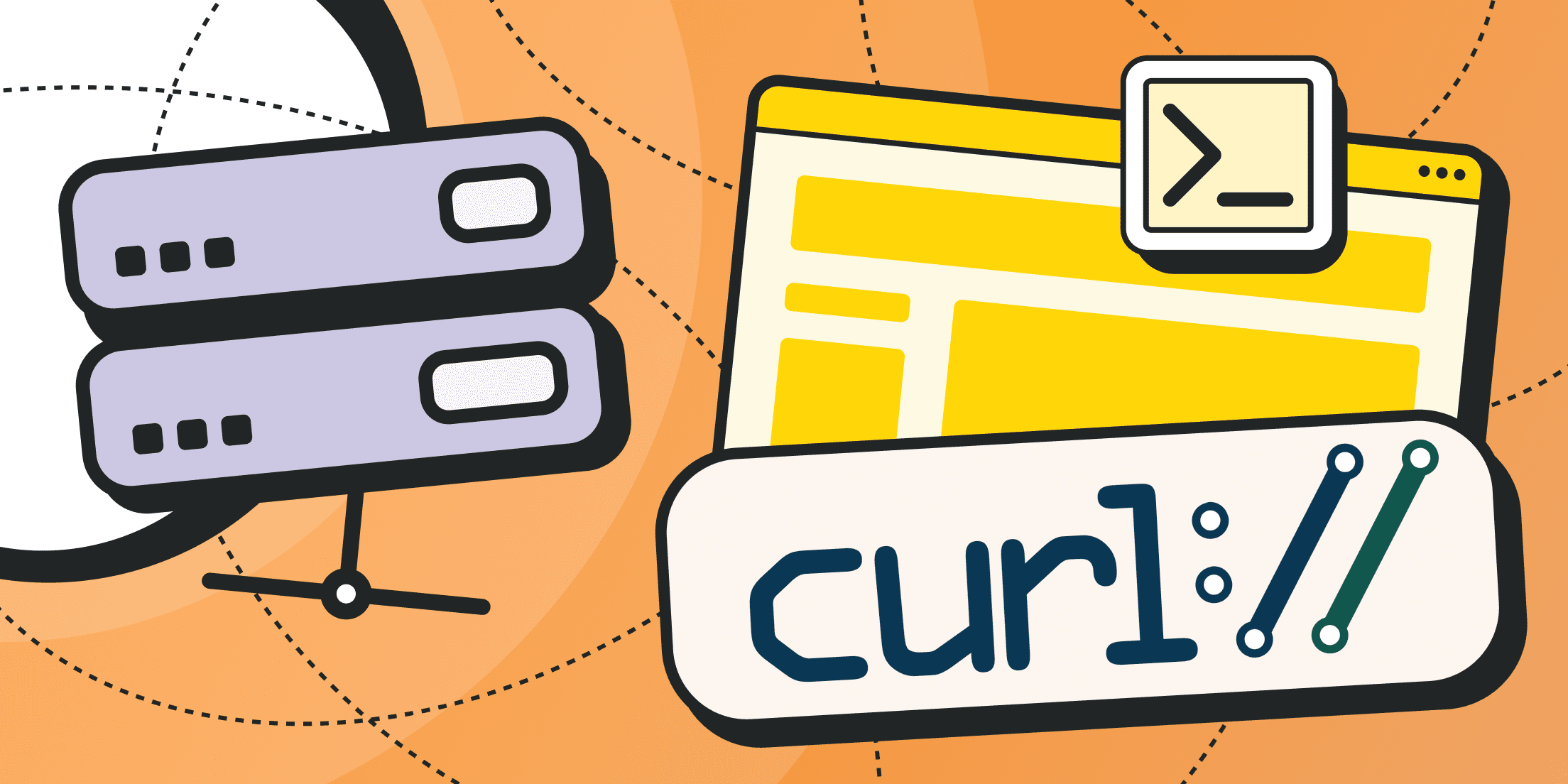That’s not always the case, however, and that’s not always convenient as well. Other support nodes can also work behind the main support node. Sometimes an entire cascade of bypass points can be formed. In this case, all classic proxies "listen" to the specified port, waiting for incoming requests. This really makes sense. However, there is an exception to every rule. In this case, we are talking about backconnect proxies (proxies with reverse connection).
Let’s further review what backconnect proxies are, how they differ from other proxy types, what their advantages and disadvantages may be. We will also discuss the situations when these proxies can be used and whether it really makes sense to use them.
What Are BackConnect Proxies?
The most difficult thing is to understand how these proxies work.
Suppose you wish to forward your requests through a specific network node. To do this, you need to know its IP address and the port on which a special program waiting and forwarding requests to other nodes runs. The program accepts the request and the data it has to be redirected to. By the way, this software is a proxy server.
When we say that the program "is waiting," it is assumed that it listens or scans (tracks) a specific software port on the device. For example, a browser "listens" to port 80 for unprotected HTTP requests and port 443 for encrypted requests using the HTTPS protocol.
This connection scheme lets you know all intermediate nodes "face to face." In other words, you have real IP addresses of proxy servers at hand.
In this case, you can "scan" all available IP addresses of the service provider and become a provider yourself, renting out addresses. What’s even worse, security services can also scan the proxy network as clients and block them or take other protective measures.
The question is: how can proxy providers protect their pool of IP addresses so that no one else could see and know the real data of the end-points through which request outputs are completed? Or at least what can be done to make the network data collection process much more complicated from the technical point of view?
It makes sense to accept a request to a special IP address as a super-proxy concentrator, for example, and then to redirect it to output points within its network according to predetermined criteria. A client will get the desired result bypassing the unnecessary route, while the service provider will keep its real IPs secret. The input proxy address may be affected, but this is the worst scenario that can be easily fixed. Such a proxy address can be promptly changed to any other.
Another aspect emerges here, however. The more nodes there are on the path a request must pass through, the more complicated the processing logic becomes and the more complex the connectivity of the entire network of proxy programs (servers) becomes. The main problem is that to process a request, the server program must know all the viable addresses of other network proxies and the numbers of active ports.
To implement such an approach, a unified database is required for feedback collection, that is, for accounting the reverse connection from all active proxies. That is exactly why such proxy networks are also called BackConnect. They can forward and return requests through a complex system of reference points.

So, backconnect proxies are proxies that receive requests on a specific IP address and then forward these requests within their network of disparate independent IP addresses. As a result, the requests eventually come out on a connection with a target resource, website, or web server with a completely different IP.
The main problem about backconnect proxies is the opacity of the internal network for clients. The logic of managing the selection of end output points can:
- either be completely absent, for example, when IP addresses will be randomly assigned or taken from the initially available list;
- or require a special interface (in the web version of a personal account or via API) or a configurator program (desktop software using the same API or other interfaces) to manage.
As a result, a client specifies only one proxy IP address in the connection settings, but the output (connection) to the target resource is eventually completed from another IP address.
BackConnect Proxy Application
As far as building a network from BackConnect proxies implies the use of complex infrastructure and special software installed on super proxies and on endnotes (devices), their use can be quite expensive.
Technically, BackConnect proxies are just regular proxies for clients that can be connected to their software or specified in operating system settings. On the other hand, it is much easier to set up such proxies. Instead of a large list of different IPs with ports and access parameters (login + password), it is sufficient to specify one address only. The whole network of addresses will be hidden behind it in this case.
Mobile or residential proxies frequently serve as output endpoints for the BackConnect network. Therefore, BackConnect proxies have all the pros and cons typical for these proxy types.
Find out more about pros and cons of residential proxies.
Find out more about pros and cons of mobile proxies.
To sum it up, the use of BackConnect proxies will be more suitable for:
- Bulk parsing of competitor and personal websites (tracking changes or data collection);
- Parsing search engine results pages;
- Monitoring prices and attractive offers in selected online stores;
- Bulk actions in social media profiles (suitable for SMM tasks such as bulk following, bulk liking etc.);
- Online reputation management (SERM), for example, to monitor mentions or new reviews about a company/brand;
- Development of fault-tolerant communication networks for applications;
- Simultaneous sales on specialized trading platforms and bulletin boards;
- Guaranteed content access;
- Security system testing and stress (load) testing etc.
Advantages of BackConnect Proxies

We have already mentioned that the pros of mobile and/or residential proxies are typical for backconnect proxies (based on the type of IP addresses a network comprises). Let's take a closer look at the advantages of backconnect proxies as a class of services:
- Proxy rental service providers can conceal the real IP addresses of their network;
- Due to active feedback organized at the software level, a provider is always aware of the current and functional pool of IP addresses as well as their location (country, city, service provider);
- IP rotation for client access does not require list uploads or APIs. This can be done in the background on a dedicated server (or servers cluster);
- Clients can specify only one IP address in the settings to actually get access to the entire pool of proxies. The number of real connections in this case will eventually depend on the proxy network performance, which theoretically can have high limits;
- The software suite may centrally track the volume and nature of services used by clients: the proxies chosen for connection, the amount of traffic used, request types and sources etc.;
- Due to the centralized entry point, a provider can balance the network load;
- It is much easier to set up any security system (blocking certain traffic types, spam protection etc.) on the incoming gateway;
- Due to the large pool of addresses, backconnect proxies work great for fast rotation tasks. Thus, the probability (risks) of IP or frequency blockages will be minimal here;
- The anonymity of backconnect proxies does not lag behind other proxy types.
Disadvantages of BackConnect Proxies
Centralized management is an advantage for a service provider. However, it’s not always a benefit for a client.
Listed below are the major disadvantages of BackConnect proxies:
- High cost is the most significant disadvantage. Due to the complexity of setting up the internal network, security systems, load balancing etc., the level of initial investment increases. This has direct impact on rental prices for end consumers;
- Since mobile and/or residential proxies mainly operate as end nodes in the BackConnect network, this results in expensive traffic. This is the reason for frequent application limits or the need to buy traffic packages;
- To avoid blocking, BackConnect proxies quickly rotate. This results in the decrease in the lifetime of each session;
- If there are no special control elements, a client eventually receives a completely random IP address (from any location, device and communication provider). This may be unacceptable for certain task types;
- If management elements are available, they require much effort for proper development and maintenance. The setup process itself may be too complicated for end consumers (although, it may be more precise compared to classic proxy servers without settings).
Conclusion and Recommendations

To sum it up, backconnect proxies are a very interesting and promising service. However, they only work well for large companies ready to pay for expensive subscriptions or traffic packages.
This means that you will have to pay more for the same mobile or residential proxies that you eventually get (due to the complex infrastructure and software). Additionally, you cannot effectively manage the IP addresses of endpoints. What’s more, you won’t even be able to identify them. Ultimately, it’s only a service provider that gets the advantage here. It is much easier for it to manage the network, balance loads etc.
Thus, if you need affordable proxies, it makes sense to simply buy mobile or residential proxies without any complex overlays like super proxies and backconnect. For example, you can rent proxies at reasonable prices from us.
Proxy network currently offers over 8 million IPs that come with convenient list upload option, real-time rotation, up to 1000 parallel ports and direct access to proxies without a backconnect scheme. The payment is only made for the packages of consumed traffic. The geotargeting accuracy is up to the city and communication provider you need.
The trial package for testing currently costs $1,99.




